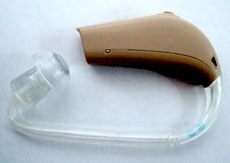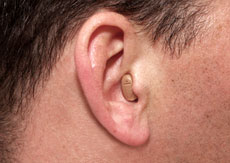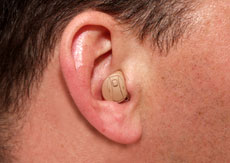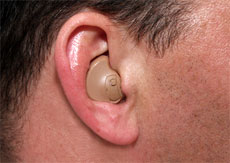



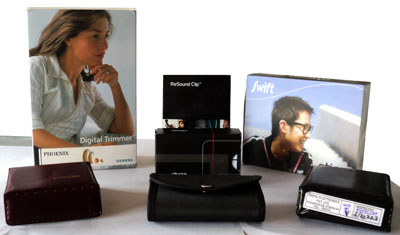 With Habra Speech and Hearing Centre, hearing loss does not have to led to tiredness, isolation or frustration. New Technical advancements allow a natural comfortable sound, making it easier for you to live the kind of life you want to live - without compromise.
With Habra Speech and Hearing Centre, hearing loss does not have to led to tiredness, isolation or frustration. New Technical advancements allow a natural comfortable sound, making it easier for you to live the kind of life you want to live - without compromise.
Our devices automatically analyse, process and reproduce all sounds according to your own hearing needs. Regardless of which type of hearing needs. Regardless of which type of sound environment you are in, from very quiet to very noisy, it customizes the sound to be right for you.
All day, everyday, even in varying listening situations, the device uses your personal audiological data, which is programmed into its microchip by your hearing healthcare professional, to make the sounds around you comfortably audible and clearly understandable.
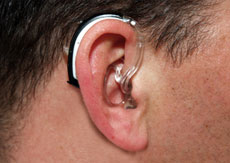 Behind-Ear Hearing Aid is suitable for moderate to middle severe hearing loss impairments. This hearing aid was compactly designed and adopted the Behind-Ear wearing way. Add different size earplugs, it is comfortable to wear this hearing aid.
Behind-Ear Hearing Aid is suitable for moderate to middle severe hearing loss impairments. This hearing aid was compactly designed and adopted the Behind-Ear wearing way. Add different size earplugs, it is comfortable to wear this hearing aid.
The sound quality of this hearing aid is wonderful, you can hear the softest whisper when you wearing this hearing aid. You will also never worry to mishearing. Automatic SMD machine processing and not manual welding, this hearing aid is as reliable as it is.
Similar feedback problems to the ITE and ITC aids could be experienced with CIC models – always try them out first if you intend to buy a pair. Test them when you are speaking on the phone to make sure they don’t produce too much feedback.
In my experience, feedback has been less of a problem with CIC hearing aids than with ITC models – I assume this is because the receiver is further down the canal and not so close to the phone when you place it to your ear.
Advantages:
- ITC hearing aids are cosmetically appealing due to small size.
- ITC instruments offer natural sound reception due to the placement of the microphone in the ear canal.
The electronic components in ITE aids are housed in much smaller space than with BTE aids – this means that the microphone and receiver wil be closer to each other and feedback can be a problem. This is also the case with ITC and CIC models.
This type of aid is normally recommended to people with mild to moderately-severe hearing loss. Consideration should be given to their size – they are more difficult to handle than BTE aids and fitting and removing them can be fiddly.
